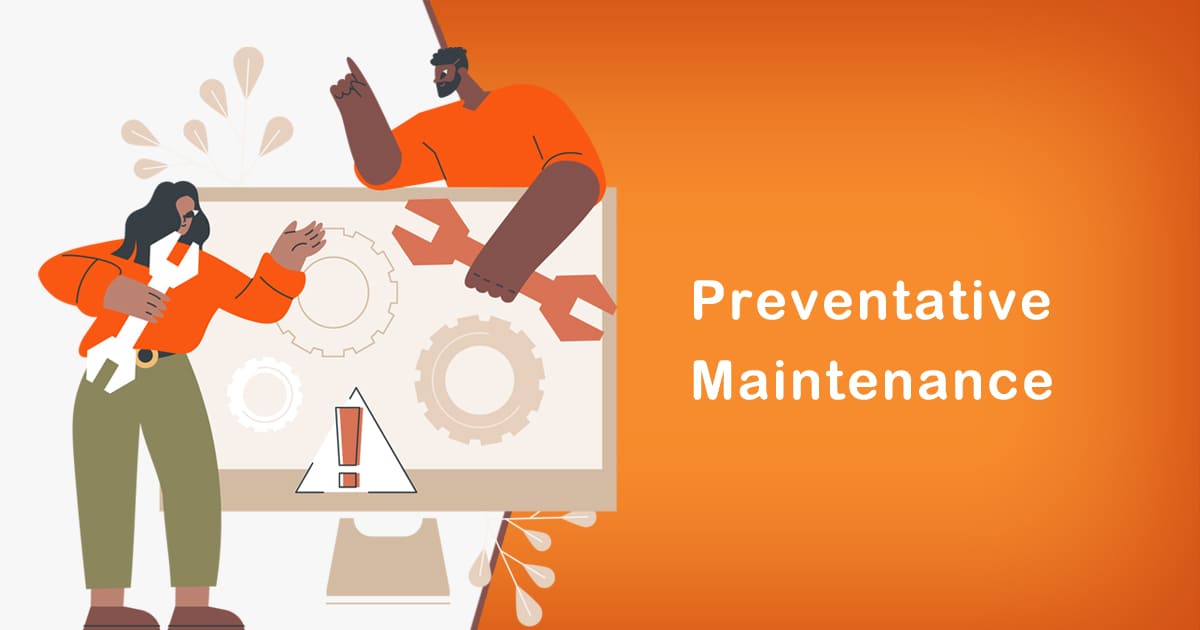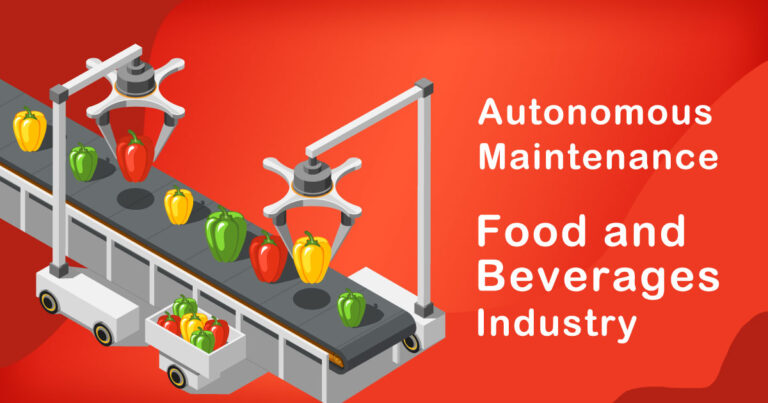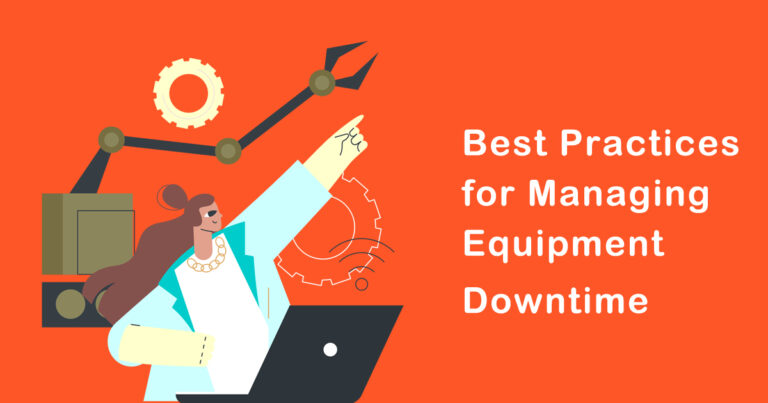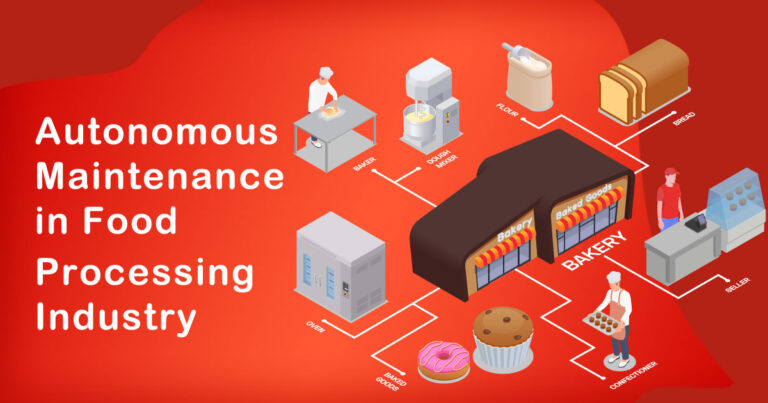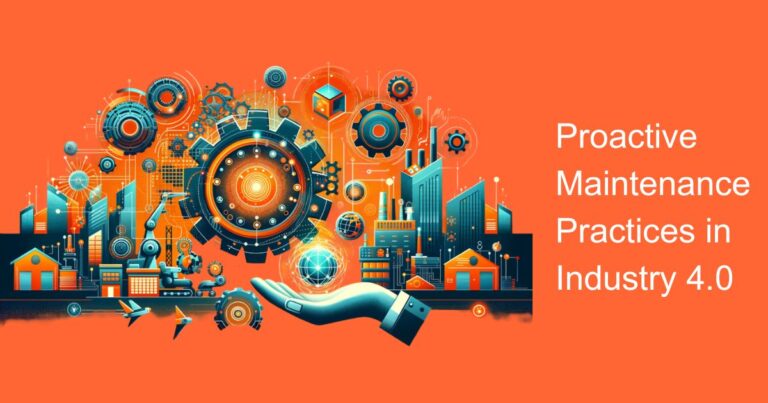Introduction
Preventative maintenance is an essential practice that helps to keep equipment and machinery in good condition and working order. It involves regular inspections, repairs, and servicing to prevent breakdowns and ensure the longevity of the equipment. Preventative maintenance is particularly important in industrial and manufacturing settings, where equipment failure can result in significant production downtime and financial losses.
In this blog post, we will discuss preventative maintenance in an Indian context, including its definition, benefits, and best practices.
Definition of Preventative Maintenance
Preventative maintenance is a proactive approach to equipment maintenance that involves scheduled inspections, repairs, and servicing to prevent equipment failure and ensure optimal performance. This type of maintenance is typically performed on a regular basis, according to a predetermined schedule, rather than waiting for equipment failure to occur.
Benefits of Preventative Maintenance
There are several benefits to implementing a preventative maintenance program, including:
1. Increased equipment reliability and uptime:
Regular maintenance and inspections can identify potential issues before they become major problems, reducing the likelihood of equipment failure and downtime.
2. Improved equipment performance:
Preventative maintenance can help to maintain the optimal performance of equipment, resulting in improved efficiency and productivity.
3. Extended equipment lifespan:
Regular maintenance and inspections can help to extend the lifespan of equipment, reducing the need for costly replacements.
4. Reduced maintenance costs:
Preventative maintenance can help to identify minor issues before they become major problems, reducing the need for costly repairs and replacements.
Best Practices for Preventative Maintenance
To ensure the success of a preventative maintenance program, there are several best practices that should be followed:
1. Develop a comprehensive maintenance plan:
This plan should include a schedule for inspections, servicing, and repairs, as well as a list of equipment and maintenance requirements.
2. Conduct regular inspections:
Regular inspections should be conducted to identify potential issues before they become major problems.
3. Keep detailed records:
Detailed records of maintenance activities should be kept, including the date of service, the type of maintenance performed, and any issues identified.
4. Use the right tools and equipment:
The right tools and equipment should be used for maintenance and repairs to ensure optimal performance and longevity of equipment.
5. Train personnel:
Personnel responsible for maintenance should be trained on proper procedures and best practices to ensure that maintenance is performed correctly and safely.
Preventative Maintenance in an Indian Context
In India, preventative maintenance is becoming increasingly important, particularly in the manufacturing sector. According to a report by ResearchAndMarkets.com, the Indian industrial maintenance market is expected to grow at a CAGR of 7.17% from 2020 to 2025, driven by the increasing adoption of preventative maintenance practices.
One of the challenges of implementing a preventative maintenance program in India is the shortage of skilled personnel. According to a report by the National Skill Development Corporation, there is a shortage of over 70 lakh skilled workers in the manufacturing sector in India. This shortage can make it difficult for companies to implement preventative maintenance programs, as they may not have the necessary personnel to perform maintenance and repairs.
To address this challenge, there is a growing trend towards the use of digital technologies in preventative maintenance. These technologies, such as machine learning and artificial intelligence, can help to predict equipment failures and identify potential issues before they become major problems. This approach, known as predictive maintenance, can help to reduce the need for skilled personnel and improve the effectiveness of maintenance programs.
Conclusion
Preventative maintenance is a critical practice that can help to ensure the reliability and longevity of equipment and machinery. In India, the adoption of preventative maintenance practices is increasing, driven by the need to reduce downtime and improve efficiency in the manufacturing sector. By following best practices and leveraging digital technologies, Indian companies can implement effective preventative maintenance programs that help to reduce costs, improve performance, and extend the lifespan of their equipment.


